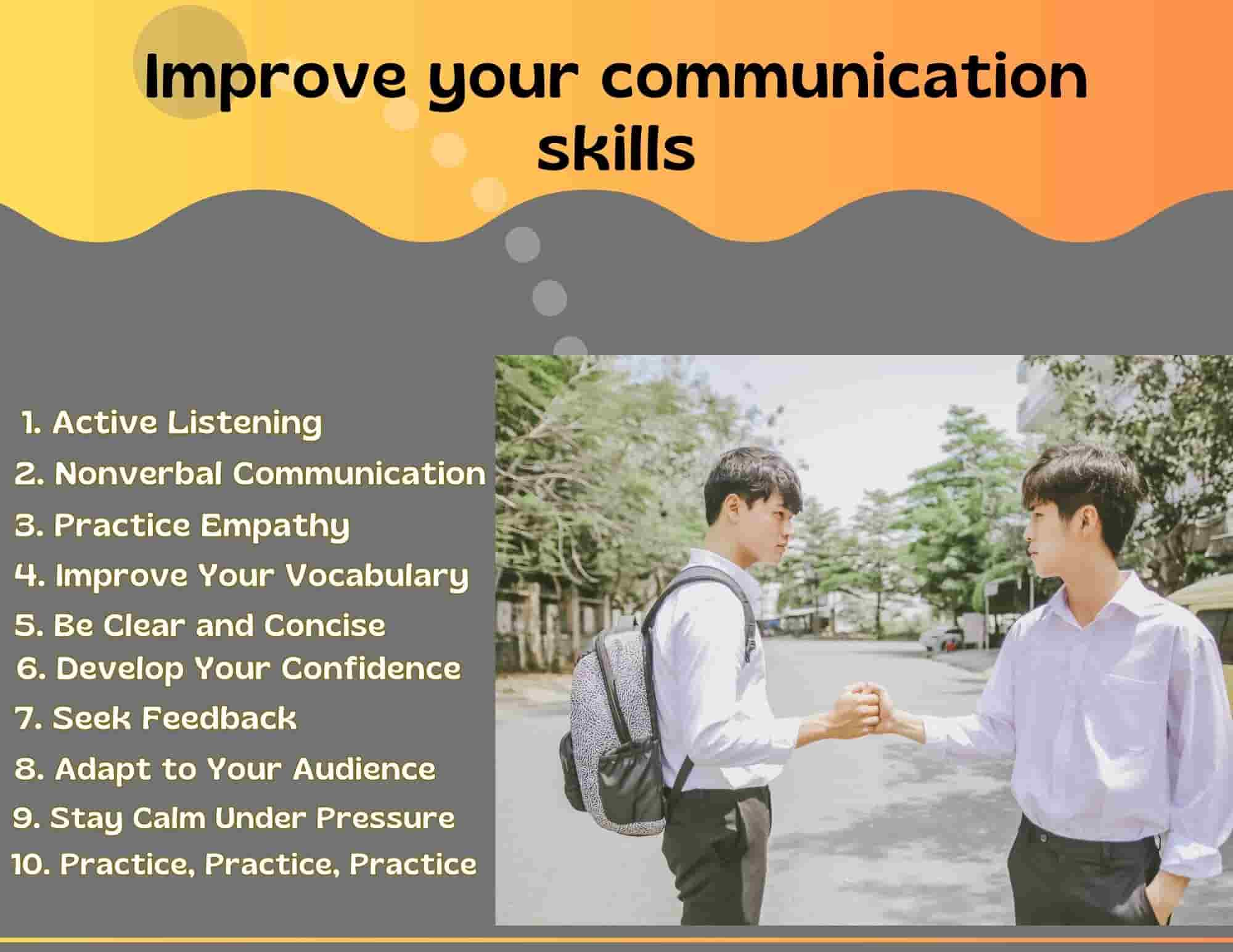SEO Basic: Complete Beginners Guide to Search Engine Optimization
Published: 21 Sep 2023
Introduction:
In this guide to SEO for beginners, you will learn:
1 What is SEO and why is it important:
2 Keyword Research and keyword Targeting:
3 On-page SEO Optimization:
4 Information Architecture:
5 Content Making and Link building:
6 Technical SEO:
7 How to track and Measure Search Engine Optimization:
8 Mobile, International, and local SEO:
Conclusion:
By the time you reach the end of this SEO basics guide, You will have a strong understanding of what SEO is, why it is valuable, and how to get great results in an ever-changing search engine optimization environment.


1 What is SEO and why is it important:
You’ve likely heard of SEO, and if you haven’t already, you could obtain a quick Wikipedia definition of the term, but understanding that SEO is “the process of affecting the visibility of a website or a web page in a search engine’s unpaid results” doesn’t help you answer important questions for your business and your website, such as:
- How do you, for your site or your company’s site, “optimize” for search engines?
- How do you increase your site’s organic search visibility, so it’s easy for your content to be found?
- How do you know how much time to spend on SEO?
- How can you differentiate “good” SEO advice from “bad” or harmful SEO advice?
What’s likely interesting to you as a business owner or employee is how you can leverage SEO to help drive more relevant traffic, leads, sales, and ultimately revenue and profit for your business. That’s what we’ll focus on in this guide.
Why should you care about SEO?
Lots and lots of people search for things. That traffic can be extremely powerful for a business not only because there is a lot of traffic, but because there is a lot of very specific, high-intent traffic.
If you sell blue widgets, would you rather buy a billboard so anyone with a car in your area sees your ad (whether they will ever have any interest in blue widgets or not), or show up every time anyone in the world types “buy blue widgets” into a search engine? Probably the latter, because those people have commercial intent, meaning they are standing up and saying that they want to buy something you offer.
People are searching for any manner of things directly related to your business. Beyond that, your prospects are also searching for all kinds of things that are only loosely related to your business. These represent even more opportunities to connect with those folks and help answer their questions, solve their problems, and become a trusted resource for them.
Are you more likely to get your widgets from a trusted resource who offered great information each of the last four times you turned to Google for help with a problem or someone you’ve never heard of?
Types of SEO:
There are three types of SEO:
- White hat SEO, following the Google roles
- Black hat SEO, Not following the Google roles
- Grey hat SEO, A Mixture of white and a bit of black
Parts of SEO:
- On-Page SEO
- Off-Page SEO
- Global SEO
What works for driving traffic from search engines:
First, it’s important to note that Google is responsible for most of the search engine traffic in the world (though there is always some flux in the actual numbers). This may vary from niche to niche, but Google is likely the dominant player in the search results that your business or website would want to show up in, and the best practices outlined in this guide will help position your site and its content to rank in other search engines, as well.
Regardless of what search engine you use, search results are constantly changing. Google has updated lots of things surrounding how they rank websites by way of lots of different animal names recently, and a lot of the easiest and cheapest ways to get your pages to rank in search results have become extremely risky in recent years.
So what works? How does Google determine which pages to return in response to what people search for? How do you get all of this valuable traffic to your site?
Google’s algorithm is extremely complex, and I’ll share some links for anyone looking to dive deeper into how Google ranks sites at the end of this section, but at an extremely high level:
- Google is looking for pages that contain high-quality, relevant information about the searcher’s query.
- They determine relevance by “crawling” (or reading) your website’s content and evaluating (algorithmically) whether that content is relevant to what the searcher is looking for, mostly based on the keywords it contains.
- They determine “quality” by several means, but prominent among those is still the number and quality of other websites that link to your page and your site as a whole. To put it extremely simply: If the only sites that link to your blue widget site are blogs that no one else on the Web has linked to, and my blue widget site gets links from trusted places that are linked to frequently, like CNN.com, my site will be more trusted (and assumed to be higher quality) than yours.
Increasingly, additional elements are being weighed by Google’s algorithm to determine where your site will rank, such as:
- How do people engage with your site (Do they find the information they need and stay on your site, or bounce back to the search page and click on another link? Or do they just ignore your listing in search results altogether and never click through?)
- Your site’s loading speed and “mobile friendliness”
- How much unique content you have (versus very “thin” low-value content or duplicate content)
There are hundreds of ranking factors Google’s algorithm considers in response to searches, and they are constantly updating and refining their process.
If you’re interested in learning more about how search engines work, there are a ton of great resources available, including:
- Moz’s guide on the topic
- Google’s own interactive graphic
Now, back to SEO basics! Let’s get into the actual SEO tactics and strategies that will help you get more traffic from search engines.
2 Keyword Research and keyword Targeting:
Keyword research is the foundation of search engine optimization, and without it, you cannot expect to create sustainable and repeatable visibility.
Today, SEO is a much wider discipline than in the early days of the industry and has been segmented into many verticals.
But, at the core, SEO is about finding opportunities online and capturing relevant traffic to a website through visibility in search engines. Keyword research is at the heart of that SEO strategy.
Keyword research is a process of finding words, queries, and phrases that users are searching for, which means a keyword that has search volume.
Research involves connecting the relevance of keywords to a website and its individual pages so that the user can find the best page to answer their query, known as search intent.
Keyword research also involves categorizing search queries into the different stages of a user journey and different categories of search, such as transactional, navigational, and informational.
Good keyword research enables users to find what they need:
- Shoppers who want to buy something can find the right product page.
- A user who wants to know ‘how to’ can find a page that explains a process in-depth.
- Users who want to research a person or brand can find out about that entity.
Keyword research should also carefully consider if ranking on a keyword is worth the effort it would take to rank highly and get visitors. Not all traffic is equal.
Why keyword Research is Important for Search Engine Optimization:
A search engine is an information retrieval system built around the queries that a user inputs to find an answer or relevant information to their search query.
The predominant focus of Google is to connect a user with the best answer to their query and the best website page so that a user is satisfied. Understanding this underlines SEO.
Good keyword research is the foundation of how a business can connect with its potential customers and audience. Understanding this helps to understand a good SEO strategy.
A business strategy starts with understanding its audience and their needs.
- What do they want?
- What do they need?
- What keeps them awake at night?
- What could solve their problem?
Keyword research is an extension of understanding your audience by first considering their needs and then the phrases, keywords, or queries they use to find solutions.
Keyword research is also important for SEO because it can show you where the opportunities are by knowing what your audience is searching for.
This will help you to find new areas of business and to prioritize where to focus attention and resources.
Keyword research will also help you to calculate where you can expect a return on investment to justify your efforts:
- Can a keyword deliver relevant traffic that has the possibility to convert to an end goal?
- What is an estimation of that traffic, and how much is each visitor worth to your business?
Basically, keyword research is the ultimate business research tool.
Keyword research Basics:
monthly search volume
User Intent
Relevancy
Long tail keywords
Short tail keywords
Types of keywords:
Informational:
users looking for information or an answer to a question. For beginners, you must select informational topics.
Navigational:
users wanting to find a specific brand, site, or page (brand searches).
Commercial:
users researching brands, products, or services.
Transactional:
users ready to complete a purchase or action.
Using keywords Research Tools:
Google keyword planner
Google Trends
Ahrefs.com
Semrush
K W Everywhere
Moz pro
Ubersuggest

On-Page search engine optimization:
introduction:
Discover the on-page factors that can make or break your SEO success. Plenty of elements on your own website can help you get the rankings and traffic you want. But are you optimizing them right? What is on-page SEO, and how can it help you meet KPIs? On-page SEO is a fundamental part of everyday SEO. They are the on-page factors that can make or break your SEO success. On-page SEO is the practice of optimizing elements on web pages for SEO– but it’s more complicated than you might think. It’s an overarching name for the combination of technical and content SEO that revolves around optimizing individual pages. This practice includes content, but also meta-tags, titles, links anchor text, and more.
On-Page SEO Factors:
- URL
- Meta Settings[Title+Description+opinion graphic+canical etc]
- Content> Written text>Images>Videos>etc
URL:
A URL (Uniform Resource Locator) is a unique identifier used to locate a resource on the Internet. It is also referred to as a web address. URLs consist of multiple parts- including a protocol and domain name — that tell a web browser how and where to retrieve a resource. End users use URLs by typing them directly into the address bar of a browser or by clicking a hyperlink found on a webpage, bookmark list, in an email, or from another application.
Meta settings:
- Title, Select a unique title, keyword-rich and emotion-evoking.
- Description, Describe your topic in a short and understandable content.
- OG[Opinion graphic] OG is used in social media to introduce your brand or something else.
- Canonicals>A canonical tag or rel=canonical is a small piece of HTML code that helps search engines determine the main version of the page from the rest of the pages that are identical or very similar to it.
Content:
- Written Text
- Images
- Videos
- Etc

- Be Respectful
- Stay Relevant
- Stay Positive
- True Feedback
- Encourage Discussion
- Avoid Spamming
- No Fake News
- Don't Copy-Paste
- No Personal Attacks

- Be Respectful
- Stay Relevant
- Stay Positive
- True Feedback
- Encourage Discussion
- Avoid Spamming
- No Fake News
- Don't Copy-Paste
- No Personal Attacks





